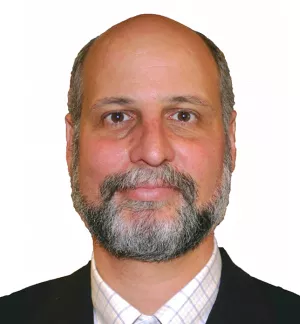
Abstract
The work of improving nuclear security is not done, though leaders are no longer meeting at the summit level. The threats of nuclear theft and terrorism remain very real. States, nuclear operating organizations, and institutions and initiatives supporting nuclear security must strive for continuous improvement in nuclear security. The alternative is dangerous decline. Achieving genuinely effective implementation of existing recommendations and commitments in five key areas could dramatically strengthen nuclear security around the world.
First, states and operators must protect nuclear weapons, weapons-usable nuclear materials, and major nuclear facilities against the full range of plausible adversary capabilities and tactics. The focus must be on continuous improvement in the face of ever-evolving adversary threats.
Second, all operators managing nuclear weapons, weapons-usable nuclear materials, and high-consequence nuclear facilities should put in place comprehensive programs to protect against insider threats – the most important and challenging nuclear security threats. Insider protection programs are particularly important at facilities that handle weapons-usable nuclear material in bulk.
Third, states should ensure that each relevant nuclear operator has a targeted program in place to assess and strengthen security culture, and all nuclear managers and security-relevant staff receive regular information, appropriate to their role, on evolving threats. At the same time, interested countries should launch a number of initiatives designed to build understanding of the threat and combat complacency.
Fourth, states should ensure that all nuclear operators establish in-depth vulnerability assessment and performance testing programs to ensure that nuclear security systems really are able to protect against intelligent adversaries. These should include regular, realistic force-on-force exercises.
Fifth, interested countries should take a broader approach to consolidating nuclear material at fewer locations, encompassing more categories of material and additional policy tools.
These five areas are largely already included in International Atomic Energy Agency (IAEA) nuclear security recommendations, and are therefore covered in the commitment to meet the “intent” of such initiatives incorporated in the Strengthening Nuclear Security Implementation Initiative (INFCIRC/869). But achieving genuinely effective implementation will remain a challenge, particularly with national leaders no longer meeting at the summit level. As nuclear security must continue to evolve in the face of changing threats, it is essential to continue an effective ongoing international dialogue on nuclear security, both about implementation of existing recommendations and commitments and about new steps. This should include the IAEA, the “contact group” established at the 2016 Nuclear Security Summit, and other groupings. States should revitalize bilateral nuclear security cooperation efforts, including between the United States and Russia. Both industry and civil society also have essential roles to play. With champions from all these sectors around the world working together, and a focus on genuinely effective implementation, nuclear security can be dramatically strengthened, reducing risks to all countries.
Bunn, Matthew, Martin B. Malin, Nickolas Roth and William H. Tobey. “Key Steps for Continuing Nuclear Security Progress.” December 2016








